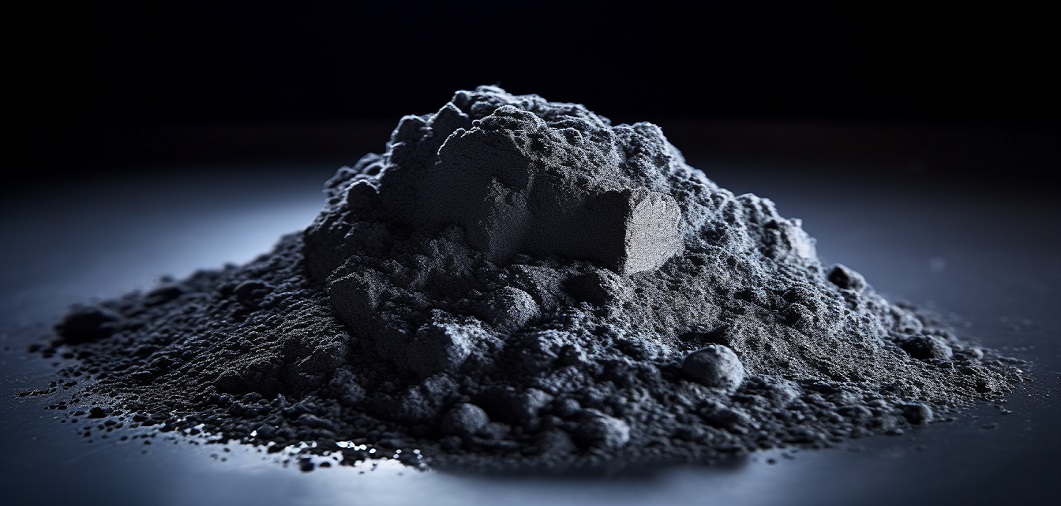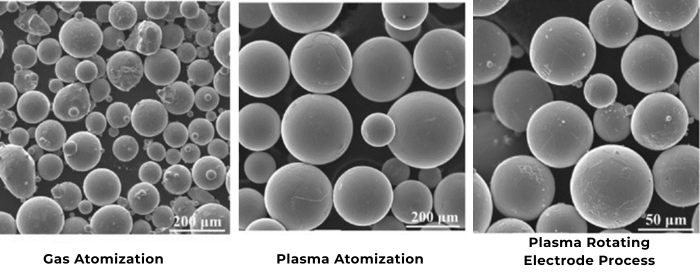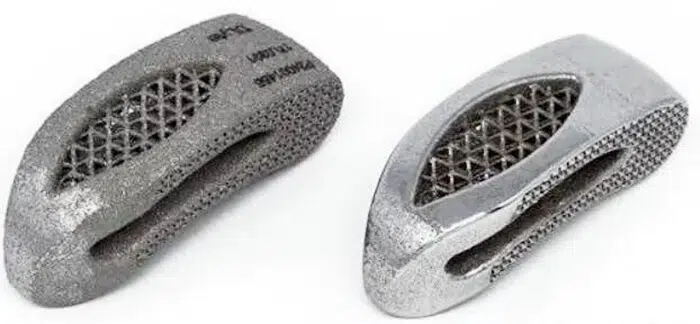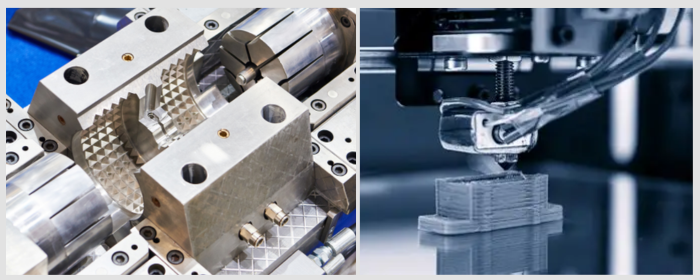

Carbide is a kind of material with a high melting point and hardness, high thermal stability, and mechanical stability. It can resist corrosion from almost all chemical reagents at room temperature. In addition, some carbides also have electrical and magnetic properties similar to their parent metals. Therefore, carbide coatings are widely used in mechanical cutting, mineral mining, wear-resistant, and high-temperature-resistant parts.
These carbide materials usually exist in powder form and are applied onto the substrate surface to form a protective coating. The coating has excellent properties such as high hardness, wear resistance, corrosion resistance, and high-temperature resistance.
In this article, we introduce five large carbide coating materials: tungsten carbide (WC), titanium carbide (TiC), chromium carbide (Cr3C2), tantalum carbide (TaC), and boron carbide (B4C). From this basis, we will assist you in selecting the most suitable thermal spray material for your application.
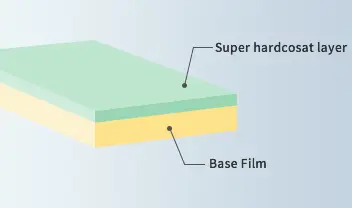
Fig 1. Hard coating
Tungsten carbide (WC) is one of the most widely used materials for thermal spray coatings. It's renowned for its exceptional hardness and wear resistance. With a Vickers hardness ranging from 1600 to 2000 HV, tungsten carbide can withstand huge mechanical stress. Therefore, WC can provide robust protection against wear and tear.
Besides that, its melting point is around 2870°C, allowing it to maintain its hardness and strength even in high-temperature environments. Additionally, tungsten carbide is chemically stable, though it can oxidize at elevated temperatures. To enhance the performance of Tungsten Carbide Powder, it is often combined with metals like cobalt or nickel, which improve its toughness and oxidation resistance. For example: Tungsten Carbide Cobalt Powder (WC-6Co), Tungsten Carbide/Cobalt/Chromium Powder (WC/Co/Cr)
The primary applications of tungsten carbide powder are in industries where extreme durability is essential. In the oil and gas industry, it is used to manufacture drilling bits and tools that encounter abrasive conditions. Apart from that, Mining equipment, such as excavation machinery and conveyor systems, also benefits from tungsten carbide coatings, extending the service life of these components.
In addition, in the pulp and paper industry, tungsten carbide is used for cutting tools and grinding rolls, ensuring longevity and efficiency. Furthermore, in mold and die manufacturing, tungsten carbide provides superior wear resistance, making it an ideal choice for stamping and forming tools.
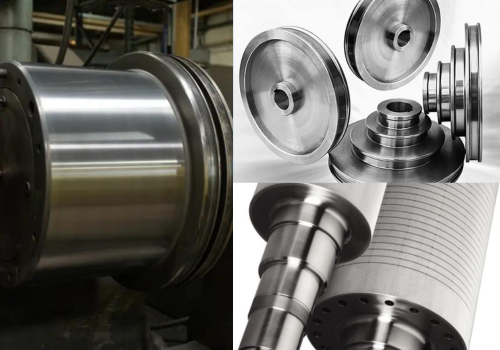
Titanium carbide (TiC) stands out for its impressive hardness and high melting point. With a Vickers hardness of approximately 3200 HV, titanium carbide surpasses many other materials in terms of hardness. Its melting point reaches 3160°C, enabling it to perform well under extreme heat conditions. Apart from that, Titanium carbide also appears excellent oxidation resistance and corrosion resistance, particularly in high-temperature environments. In practical applications, it is frequently used in conjunction with other metals or carbides to form composite materials that enhance overall performance, combining hardness with toughness.
TiC coatings are primarily applied to cutting tools to enhance cutting efficiency and tool life. They are also used in wear-resistant coatings for mechanical parts. Moreover, TiC is vital in the production of composite materials for aerospace and industrial applications. Because both high strength and durability are required.
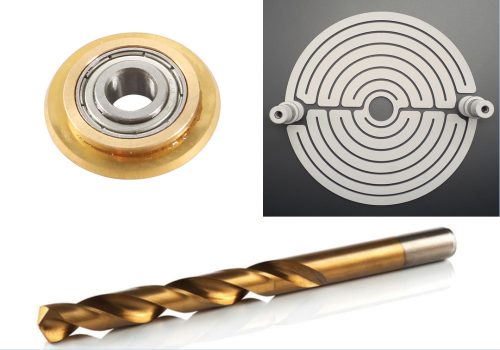
The primary applications of chromium carbide powder include coating components in gas turbines. Because chromium carbide protects combustion chambers, turbine blades, and other parts from wear and oxidation. In the aerospace industry, chromium carbide is used to coat engine parts to improve their durability and performance.
The automotive industry also utilizes chromium carbide for coating engine components to enhance wear resistance. Additionally, chromium carbide coatings are applied in industrial machinery. The aim is to protect against abrasion and corrosion.
The primary applications of chromium carbide powder include coating components in gas turbines, where it protects combustion chambers, turbine blades, and other parts from wear and oxidation. In the aerospace industry, chromium carbide is used to coat engine parts, improving their durability and performance in high-stress environments.
The automotive industry also utilizes chromium carbide for coating engine components, such as piston rings and cylinder walls, to enhance wear resistance and extend the lifespan of these parts. Additionally, chromium carbide coatings are applied in industrial machinery to protect against abrasion and corrosion, ensuring the longevity and efficiency of equipment.
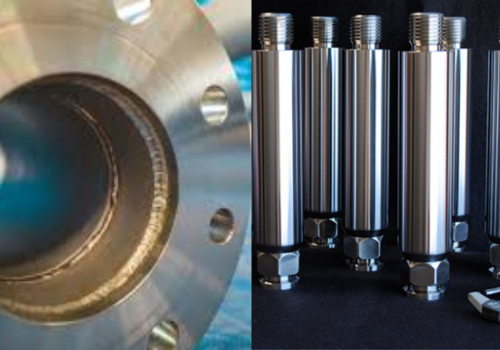
Tantalum carbide (TaC) is one of the hardest and most heat-resistant materials. With a Vickers hardness of approximately 1600 to 1800 HV, tantalum carbide provides excellent wear resistance. Its melting point is around 3880°C, the highest among carbides, allowing it to perform well in ultra-high-temperature environments. Tantalum carbide is also chemically stable and exhibits outstanding resistance to chemical corrosion, particularly in acidic conditions.
In the aerospace industry, TaC coating is used for rocket nozzles and combustion chambers because of its ability to withstand extreme temperatures. It is also applied in high-temperature industrial furnaces and reactors. Additionally, TaC enhances the wear resistance of cutting tools, making them more durable for high-speed machining and processing of hard materials. In chemical processing, TaC coatings protect equipment from corrosive chemicals, ensuring long-term operational integrity.
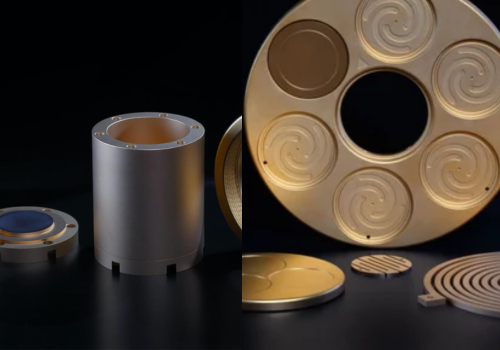
Boron carbide (B4C) is one of the hardest known materials, with a Vickers hardness of approximately 3400 to 3700 HV, second only to diamond. It has a high melting point of around 2450°C and a low density, making it both hard and lightweight. Boron carbide also exhibits excellent chemical stability, with outstanding resistance to chemical corrosion and oxidation. These properties make boron carbide an ideal material for applications requiring extreme hardness and durability.
The primary applications of boron carbide powder include protective materials. Because its high hardness and low density provide effective protection.
Boron carbide is also used in abrasive materials. Because its extreme hardness ensures efficient material removal and long tool life.

Table 1. Carbide thermal spray material performance comparison
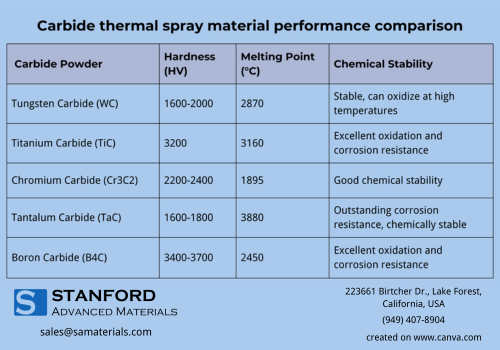
Table 1 shows the comparison of the main carbide thermal spray materials in terms of hardness, melting point, and chemical stability.
Stanford Advanced Materials (SAM) offers a wide range of high-quality thermal spray materials. We stock all of the mentioned Tungsten Carbide Powders, Titanium Carbide Powders, Chromium Carbide Powders, Tantalum Carbide Powders, Boron Carbide Powders. For more information on these powders, please feel free to contact us and check out our pages.
Selecting the appropriate carbide thermal spray coating material is a process that requires comprehensive consideration of multiple factors. Here are some key factors and guidelines:
Wear Resistance Requirements
If the application environment involves components subjected to a high degree of friction and wear, such as cutting tools and mining equipment, it is preferable to choose carbide materials with high hardness, such as tungsten carbide (WC) or boron carbide (B4C).
High-Temperature Resistance Requirements
For components that need to operate in high-temperature environments, such as gas turbines or aerospace engine parts, materials with high melting points that can maintain performance at elevated temperatures, such as tantalum carbide (TaC) and niobium carbide (NbC), should be selected.
Corrosion Resistance Requirements
In chemical equipment or other environments that may come into contact with corrosive media, it is essential to choose materials with high corrosion resistance, such as titanium carbide (TiC) or chromium carbide (Cr3C2).
Hardness Requirements:
Select the appropriate carbide based on the required hardness level. For example, titanium carbide (TiC) has a high hardness (approximately 3200 HV), making it suitable for applications requiring extreme hardness.
Toughness Requirements:
In some applications, besides hardness, toughness is also a critical factor. In such cases, composite materials that combine carbides with metals, such as WC-Co (tungsten carbide-cobalt composite), can be chosen to balance hardness and toughness.
Carbide coatings serve as a "Golden Shield" for industrial parts, offering unparalleled protection against wear, corrosion, and high temperatures. The unique properties of these carbide powders make them indispensable in enhancing the performance and longevity of components.

